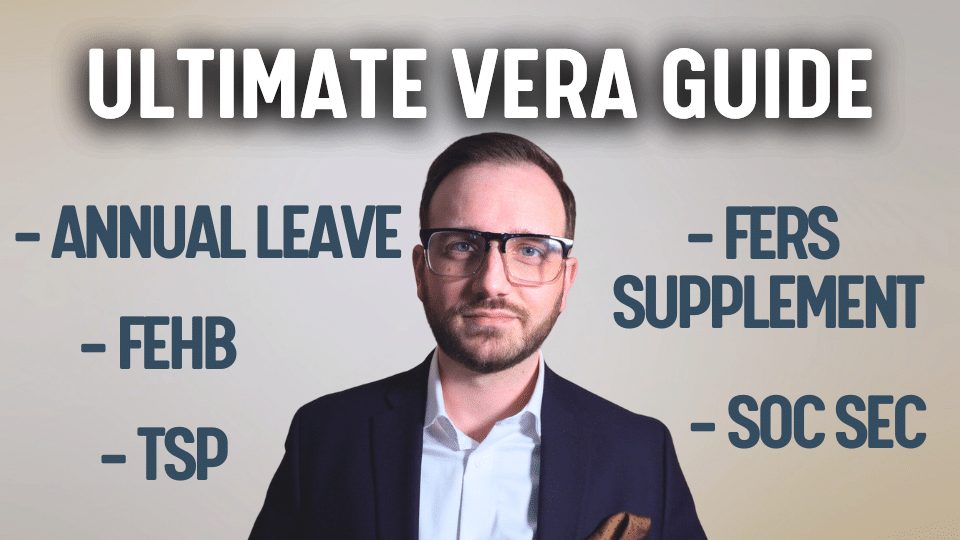Top TSP Mistakes During Bear Markets
Bear markets are challenging for even the most disciplined investors. No two bear markets are the same, and the influencing factors are generally difficult to piece together in real time.
As a result, many investors struggle with decisions in their portfolios. This piece will cover the most common mistakes we see from federal employees as they address their TSP this year.
Ignoring Rebalancing
Whether due to forgetting about this or being paralyzed by indecision, not rebalancing timely and correctly during bear markets can cause you problems.
If you’re nearing retirement, your portfolio needs to have enough liquidity to provide you with the income necessary for the foreseeable future. If you’re still generating an income, this is less important. But if you’re already retired and drawing from your portfolio, you need parts of your portfolio in less volatile “buckets”. In bear markets? Even more.
Your ability to create cash sustainably is reduced when markets are very volatile. This is because volatility increases the market’s unpredictability in the short term.
If you need cash in 12 months or less during a bear market, what’s the likelihood that the markets will have fallen further when you’re ready to generate that cash? It’s higher, and therefore you must plan these cash needs ahead of time.
There is one exception: if you have a taxable account (individual, joint, trust), you can be using strategic rebalances to create significant tax savings over time. Because of this, the timing of your portfolio rebalances matter greatly, and you may wish to delay generating cash to align more closely to the additional goal of creating tax savings.
Being too conservative
It’s true that you want to preserve your wealth during bear markets, but how long do bear markets typically last? Will you be using all of your wealth during this time?
In January of this year, we started preparing our clients for a bear market. As a result, we published a piece on 10 facts about bear markets, which reminds us that historically bear markets have lasted an average of roughly 10 months. Some short, some longer, but there’s one thing in common with all of them: they eventually end.
Because of this, there are parts of your portfolio that need to be invested for the years beyond the bear market. You’ll likely need your portfolio in ten years. The volatility experienced between now and then is much less relevant than the volatility on the money you need between now and the end of the year.
Try to compartmentalize your money into different piles that have different jobs—some tasked with meeting your short-term needs, and others for well into the future.
Having a strategic investment plan ahead of time really helps with this. It removes the burden of decision-making when your gut takes over your brain. Peter Lynch of Fidelity once said, “Far more money has been lost by investors trying to anticipate corrections, than lost in the corrections themselves.”
Panic-Transferring to the G Fund
To no one’s surprise, G Fund transfers are at the highest levels in a long time. Federal employees are struggling to watch their portfolio values decline so sharply. Moving money from more aggressive investments into conservative ones, like the G Fund, helps to protect the principal from further decline.
But this kind of transfer is a double-edged sword. It also precludes you from being able to participate in the regrowth upon its return. Moreover, if these transfers are performed after sustaining declines, an investor is may be essentially making those losses permanent. We caution investors to avoid the “G Fund Trap” in this article.
Not Planning Distributions Ahead of Time
This mistake ties closely with the first one. It’s critical to create a plan surrounding your expected cash needs so that you know how much cash you need to have on hand. Simultaneously, you must think through how you’re going to access this money.
If you submit a withdrawal request from your TSP, your account will pull proportionally from all of the funds held within. We just covered how you want to generate cash in advanced so to not have to sell investments when they’ve fallen further.
If your plan was to utilize the G Fund for your cash needs, think again. The distribution request will force sales on the other more aggressive funds held in your TSP, potentially realizing investments when they’ve decline, making those losses permanent.
Sequence-of-returns risk is when the market falls during periods in which you need to withdraw cash. Not having to touch the fallen investments helps mitigate this risk. This feature of pulling distributions from all funds within the TSP creates a challenge for federal employees that are using their retirement portfolio to supplement their needs.
If possible, consider pulling your cash needs from sources that do not have this limitation.
Failing to Plan is Planning to Fail
There’s countless research about how families with a formalized financial plan are more successful than families without one. Whether you’re planning yourself or working with professionals, you must create a plan.
If you can have a plan surrounding the decision points you’ll need to make in the future, you’re much more likely to make rational and proper decisions about your money. If you’ve developed an investment plan specifically for a year when markets fell 20%, you’re also much more likely to avoid the mistakes discussed in this article.
Military leaders formalize PACE plans (primary, alternate, contingency, emergency) to maximize their chances of success if things go wrong. Your financial plan needs to have layers so that you can act upon the decided course of action if things don’t go as planned. This removes the decision-making from the emotional side of your brain and allows your rational side to continue to lead you forward. After all, it’s not just your money, it’s your future.



